Entering a new era in Paris
Since 2001, Interface’s Paris offices have been based in the southern area, a stone’s throw from Parc Montsouris. These offices are unusual in that they serve both as work space for our teams and as display and demonstration spaces for our products.To keep in step with changes taking place in the world of work and in our business, we searched for new premises that prioritise people, our teams and our clients. With that aim in mind, we drew up specifications detailing what we wanted: new offices reflecting our commitment to sustainability and quality of life, situated closer to the heart of the Paris business district, to name just a few criteria.
The Opus building, located in Paris’ 8th arrondissement, close to Place des Ternes and Place de l’Étoile, ticked all those boxes. This Art Deco building from 1932 was designed by architects Paul Viard & Marcel Dastugue who created the Palais de Tokyo. The refurbishment was done by the agency DU RIVAU & Associés for Icade, bringing it up-to-date to meet energy efficiency certifications. The interior courtyard of the building, initially decorated with earthenware tiles by Hector Guimard – the same tiles you can find in the Parisian metro – was covered with Glacier White Corian, to keep this ceramic reference.
A new way of working
With this new space, Interface introduces a way of working that encourages creativity, nomadic working and teamwork, based on design concepts developed by the company itself and already in use in our German offices in Krefeld. Designed along the lines of the ‘Living Workplace’, the premises offer a variety of features, from furniture to technology, that have been designed to meet the needs of users and improve their well-being, collaboration and productivity.
Tétris design and build specialists assisted Interface in the design of the Paris offices according to the Living Workplace concept. This takes into consideration some strong trends in office design:
- Office Sweet Office – creating a space that feels more homely
- Flex Office 2.0 – accommodating flexible work styles and use of technology
- Life in the Village – enabling and encouraging spontaneous interaction
- Neighbourhood-Based Choice – spaces for different types of work and needs
- Quiet Space – areas for refuge, reflection and privacy
© Tétris
© Tétris
© Tétris
The blueprint for the 600 m2 premises is based on three types of space, each one corresponding to a specific need:
- Public spaces primarily aim to encourage sharing and collaboration, where users can chat, relax, have a coffee, etc. Café Parisien, the Materials Library and the Forum form part of these sociable areas.
© Coutant Delphine
© Coutant Delphine
© Coutant Delphine
© Coutant Delphine
© Coutant Delphine
- Semi-private spaces are located around the perimeter of the public spaces, so they can be reached quickly and easily. They allow users to catch up with colleagues, take a call, join a web conference or simply take a quiet break. The meeting rooms can be reserved via an online system or using screens positioned in front of each room. The “Cocoon”, a space set apart from the other office space, is an area where users can rest or work in complete silence.
© Coutant Delphine
© Coutant Delphine
© Coutant Delphine
© Coutant Delphine
- Private spaces provide more formal offices, with two screens, a phone, keyboard and various connections for each workstation. These offices are not dedicated to a specific user, but a system enables individual identification on each telephone so that calls can be made and received. The private spaces are organised into several “districts” inspired by neighbourhood life in Paris. In this way, all employees are free to move around, choose a new workstation, find solitude if they need to, or use one of the meeting rooms.
© Coutant Delphine
© Coutant Delphine
© Coutant Delphine
Of course, focusing our attention on biophilic design came naturally to us: living walls and plants in all the spaces, abundant natural light throughout, water curtains, aquariums, flooring inspired by minerals and plant-life … and even a work table arranged around a tree!
#OPENOPUS : A collaborative workspace
Inspired by the growing co-working trend, we want to open up our new great space to the outside world, to create a place for living and sharing, and a venue hosting topical events on sustainable development, design and architecture. With this #OpenOpus initiative, we invite clients, prospective customers and external collaborators to come to our premises to work, share and collaborate on various projects.
Welcome to Opus! Feel free to contact us to arrange a visit or to come and work on your projects with us in these new spaces. We hope that they will inspire you too.
You can follow all our events on social media at hashtag #OpenOpus and use the hashtag to take part!
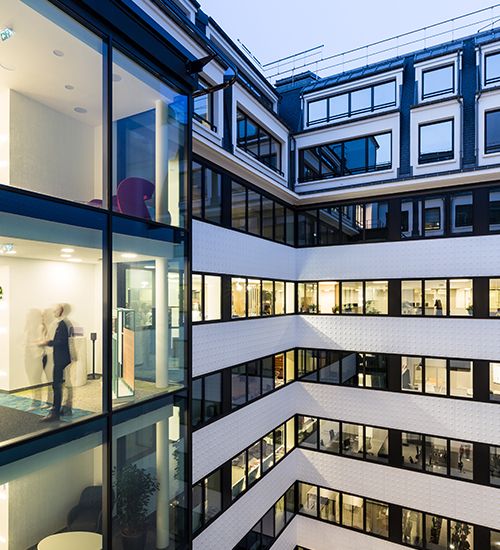
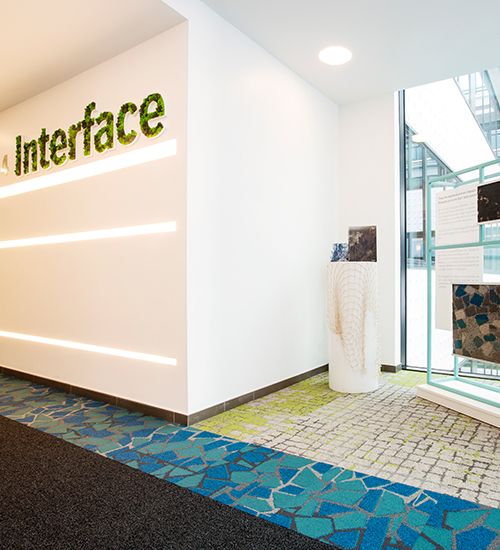
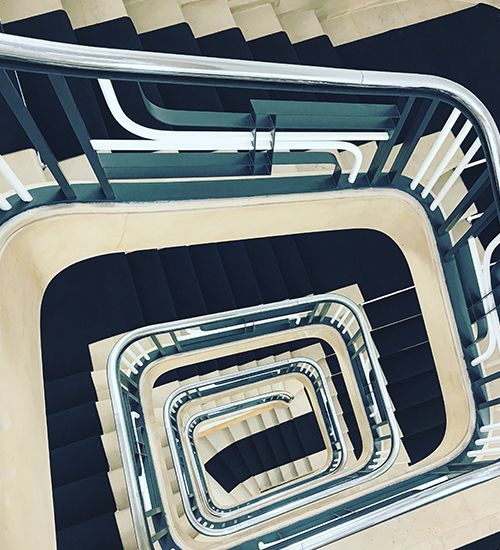
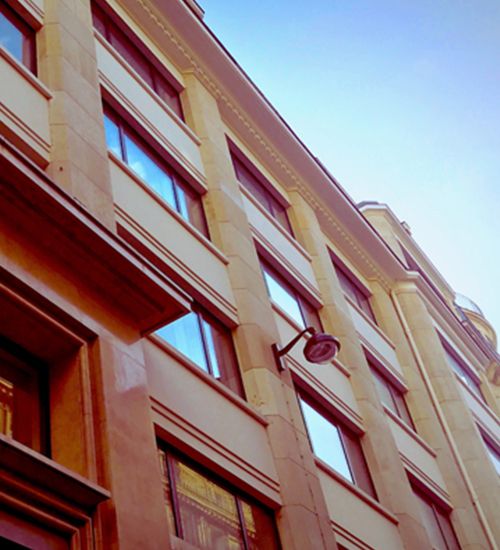

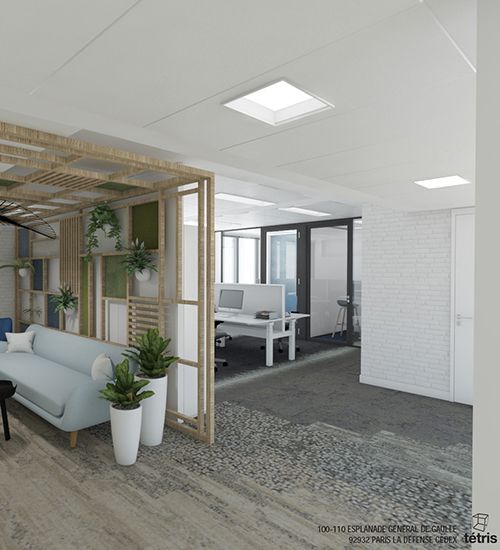
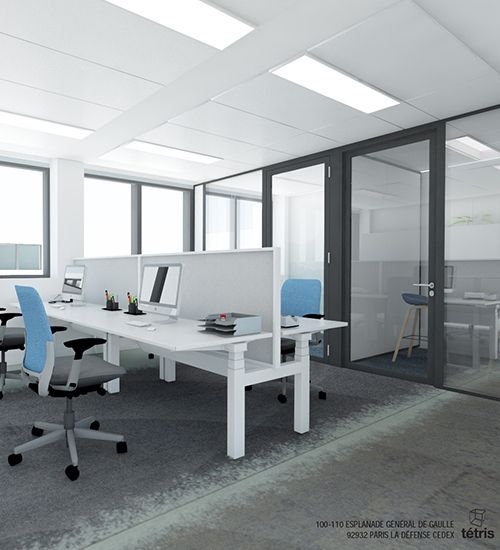
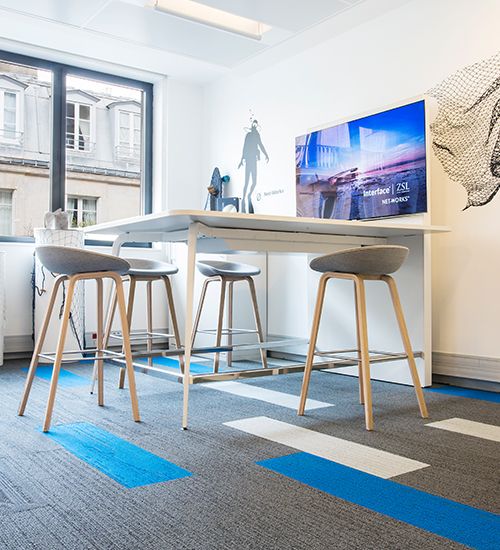
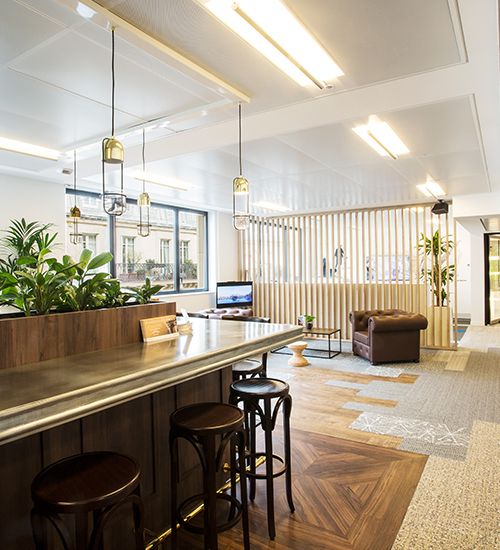
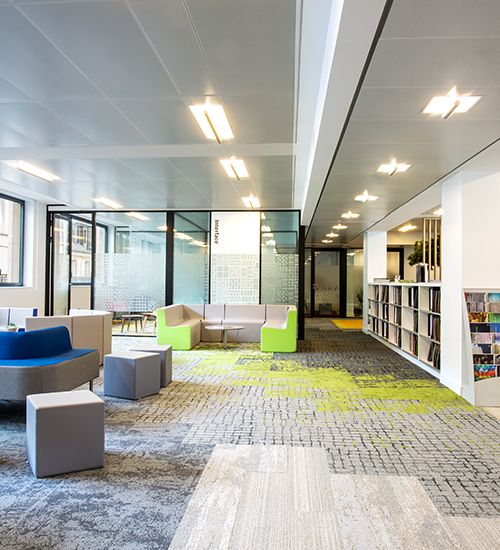
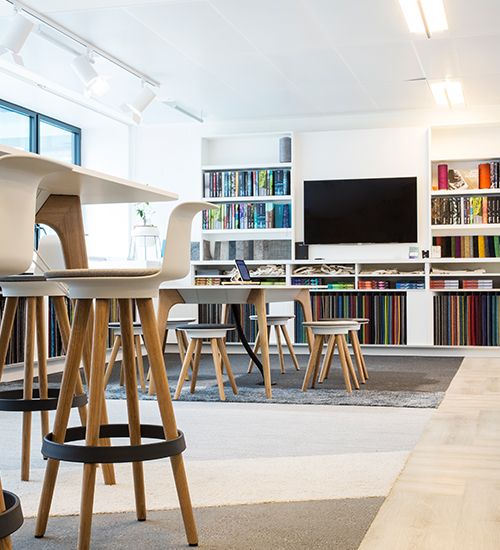
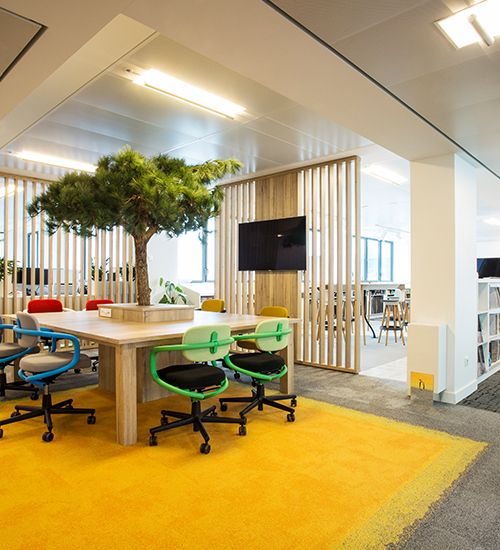
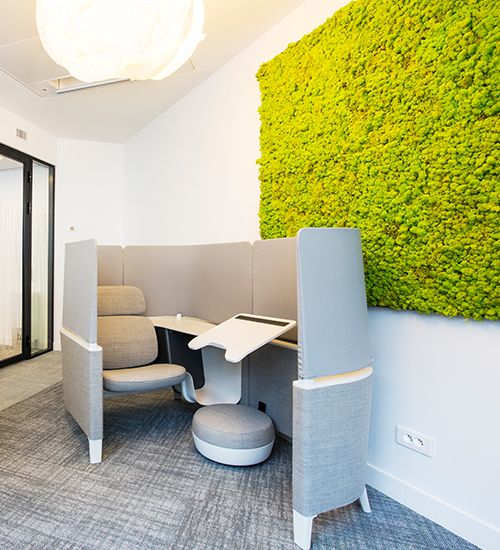
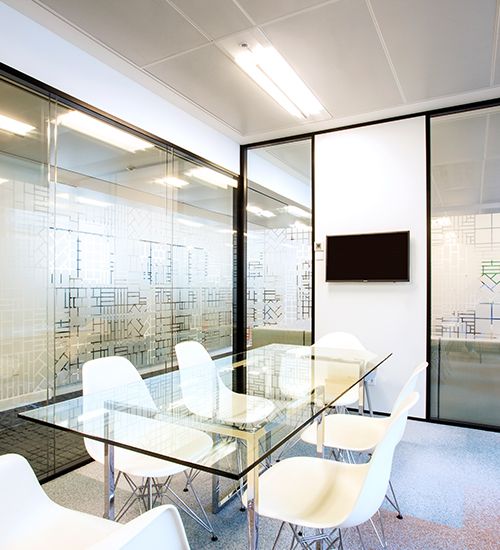
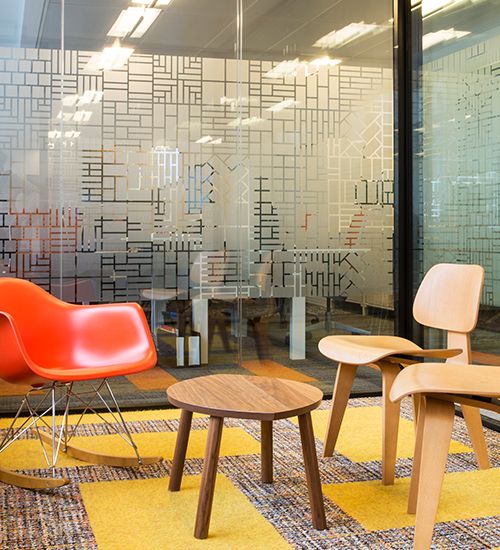
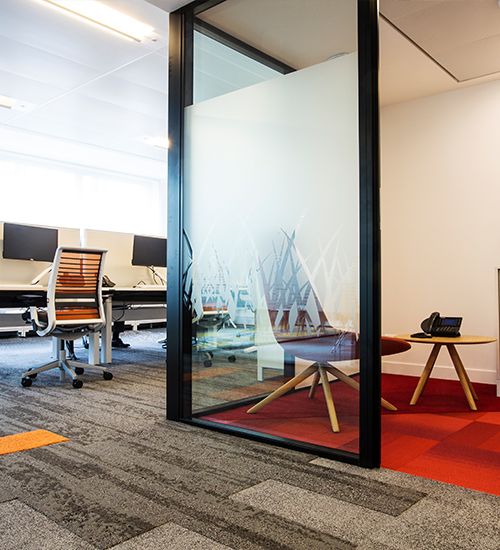
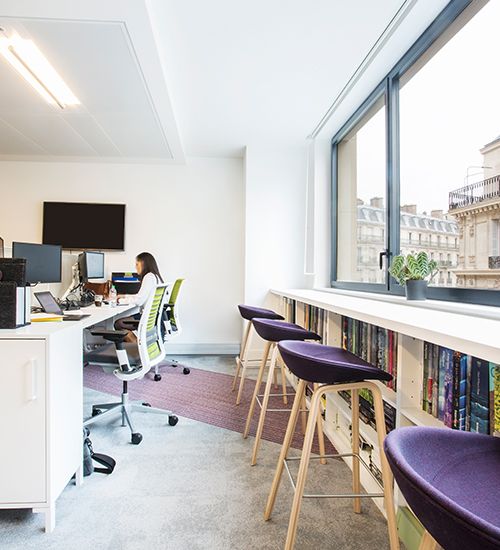
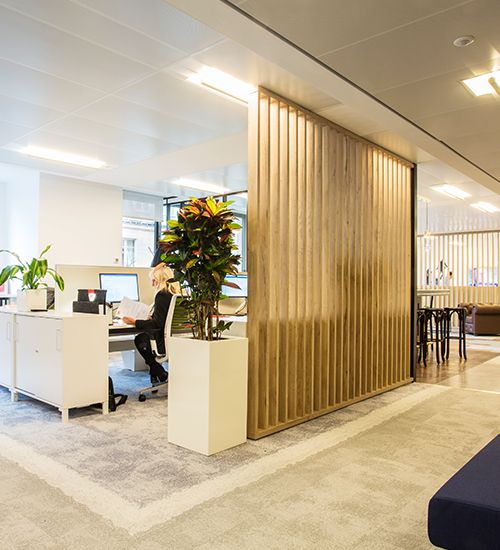





2 responses to “A new Living Workplace in the heart of Paris”
Hello,
Could you kindly inform me on how I could have in hardcopy the booklets concerning biophilic design for workingspaces and hospitality?
Thank you in advance
Hi Nikoloudi,
Please could you email marketing@interface.com for your request and they would be happy to help out.
Thank you